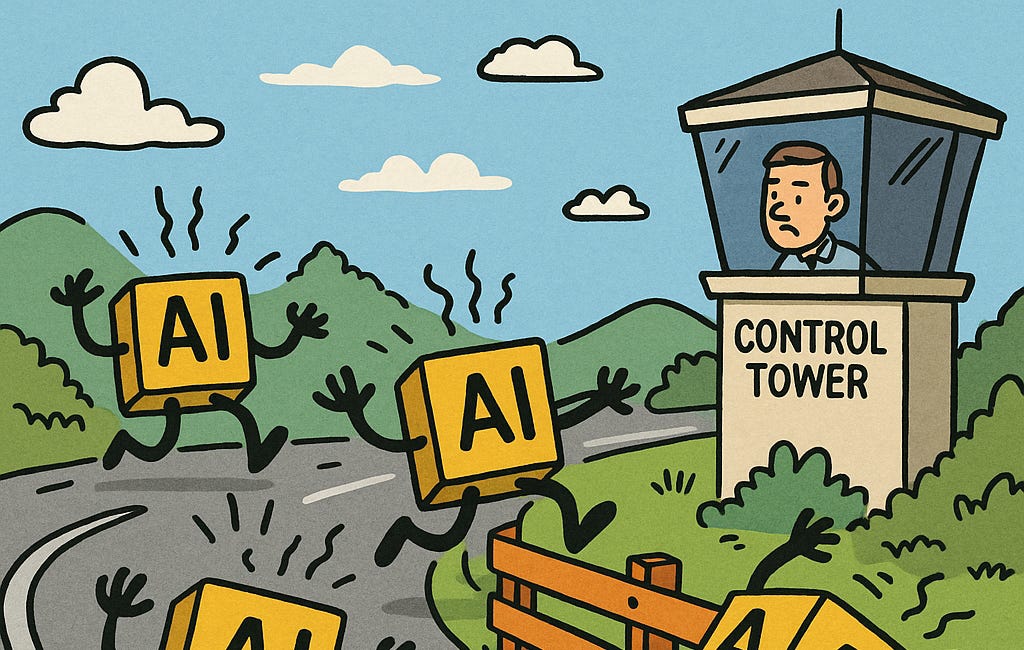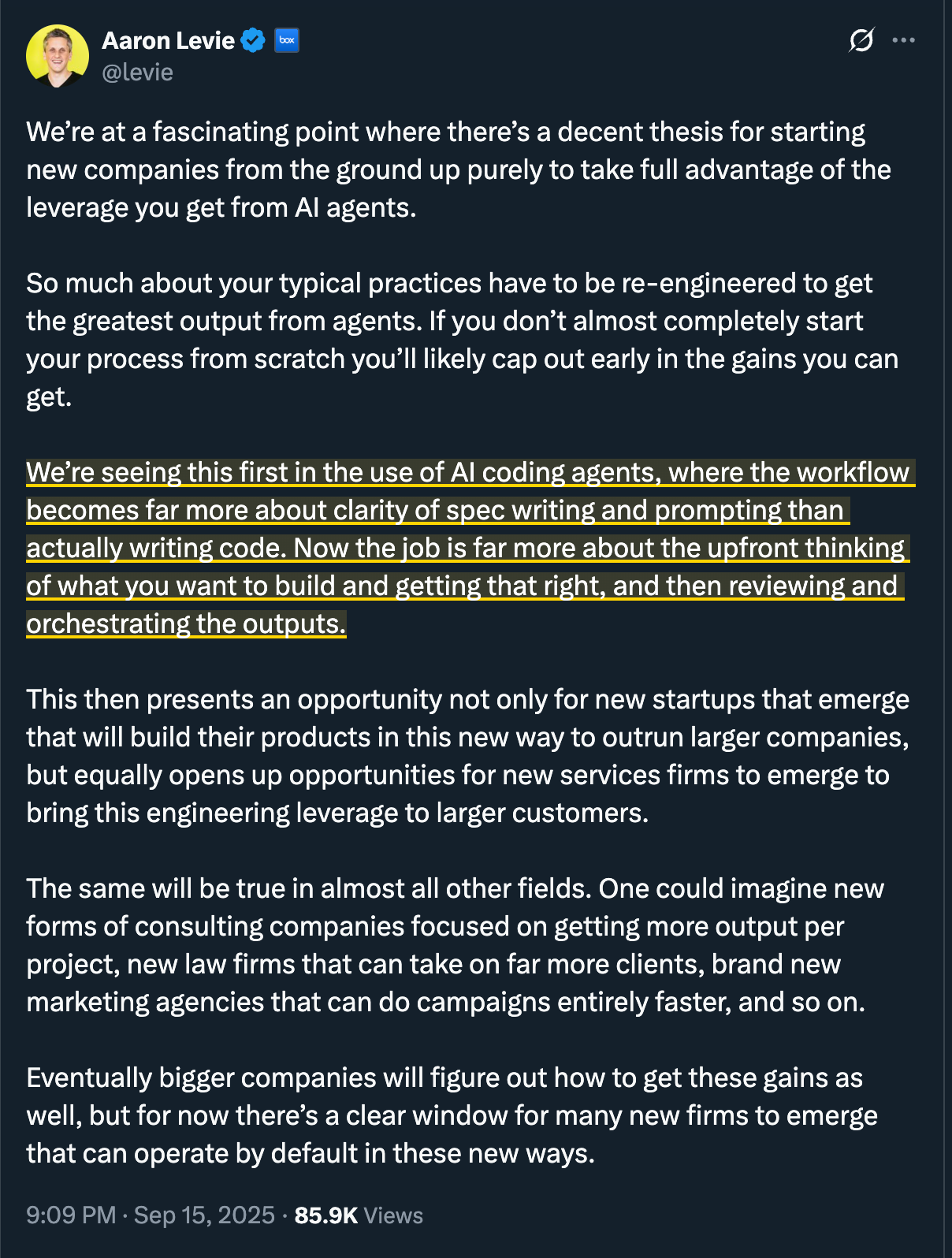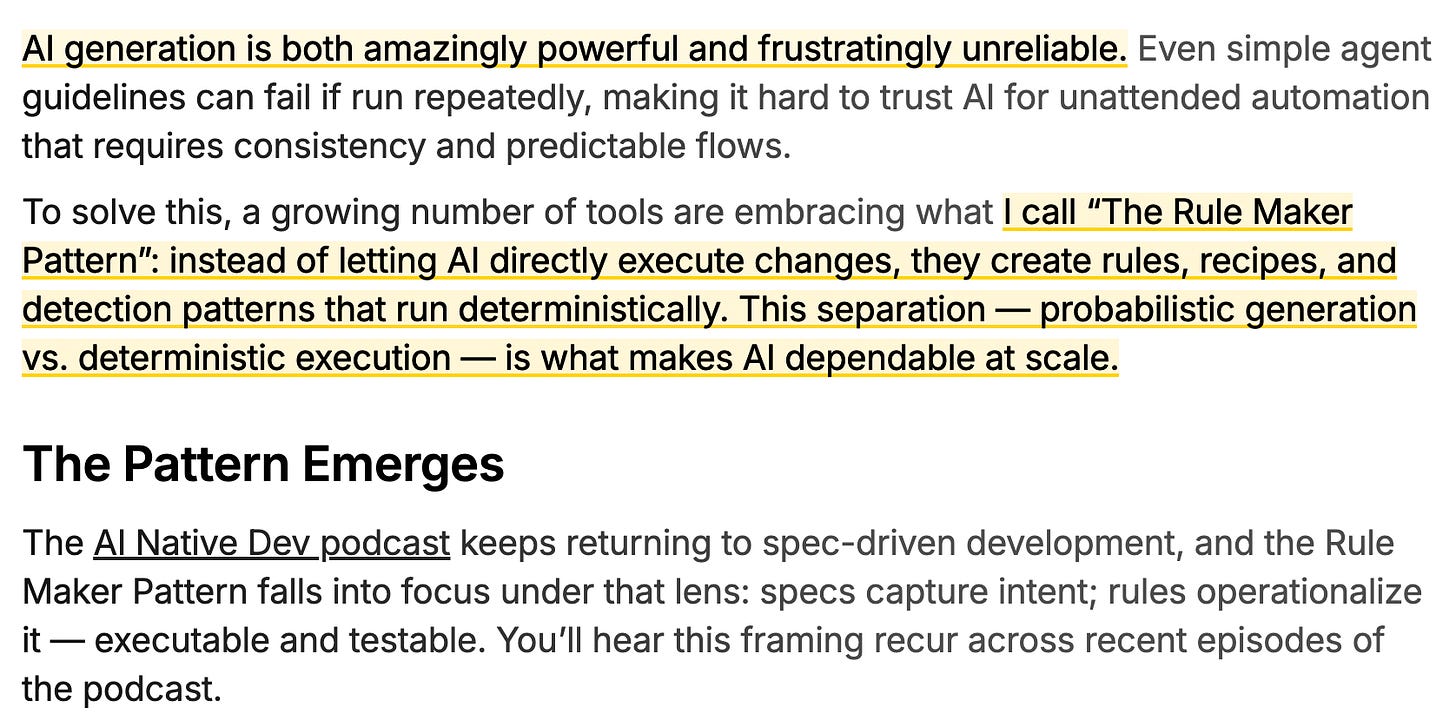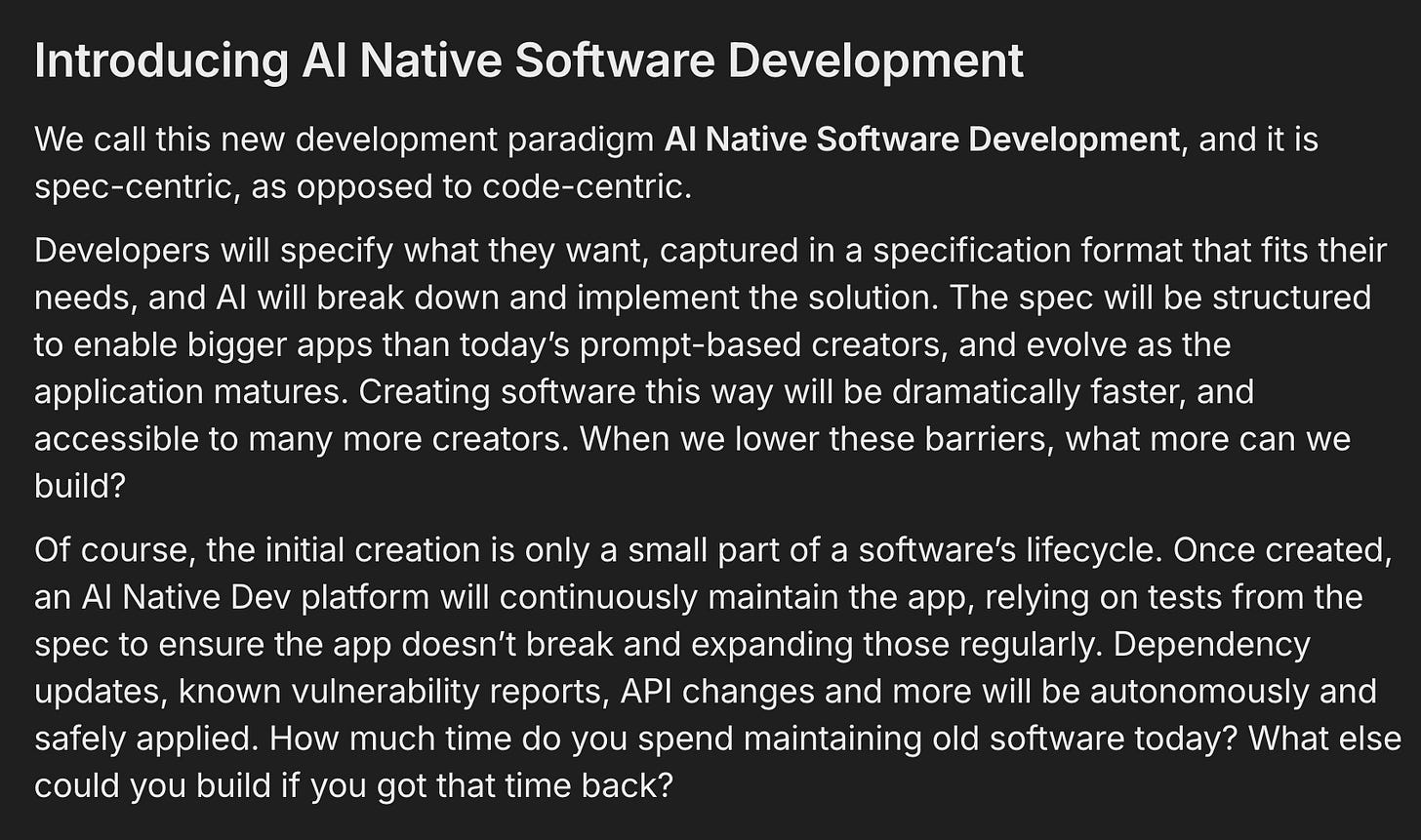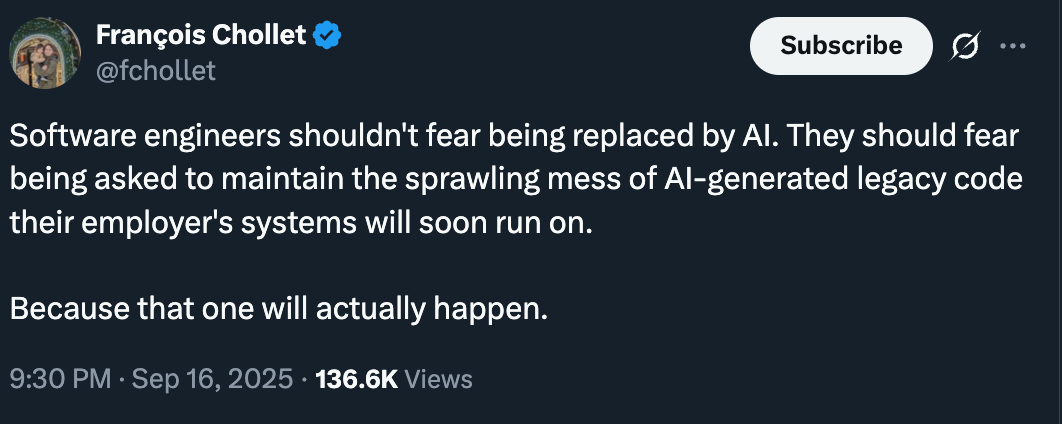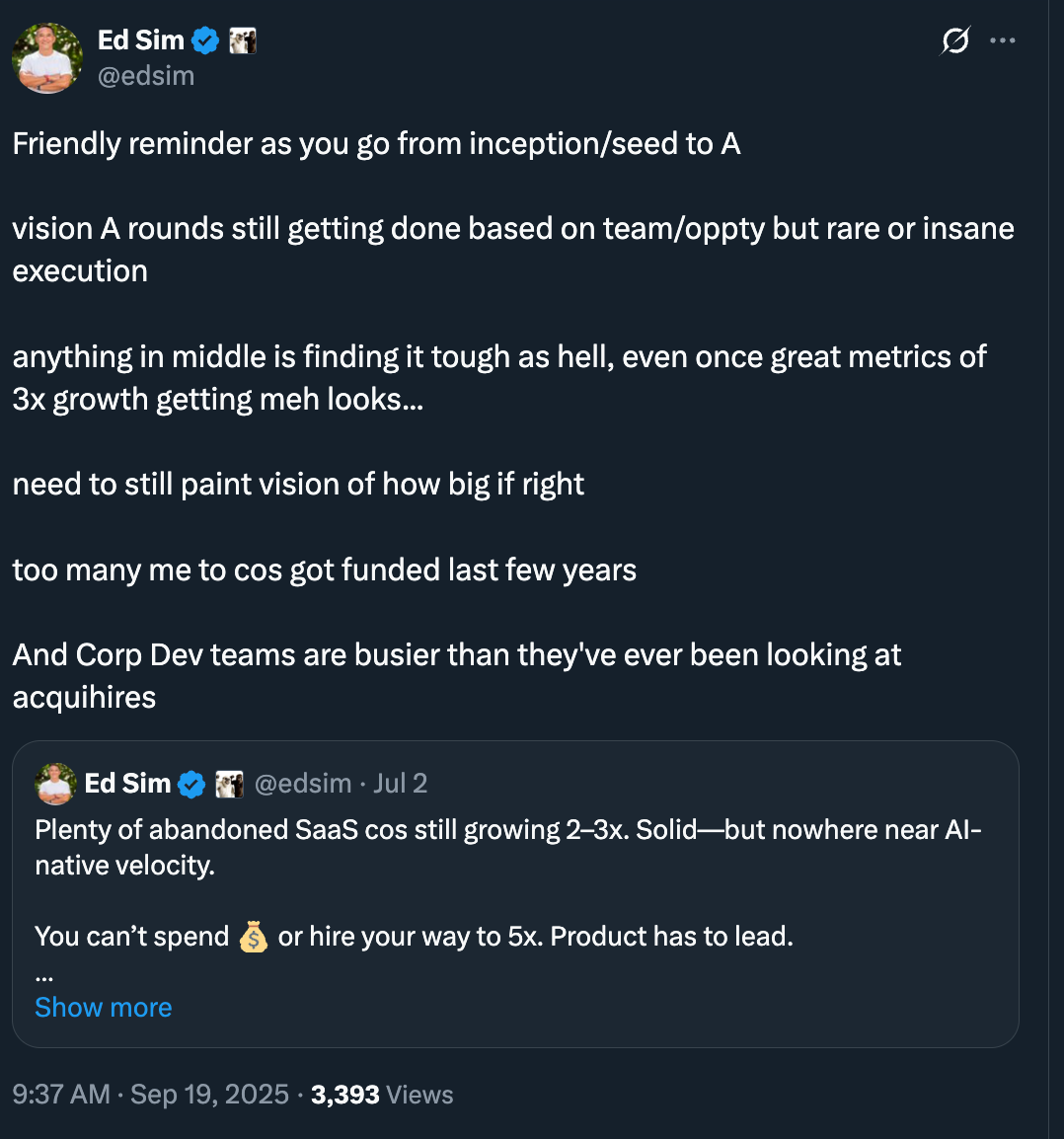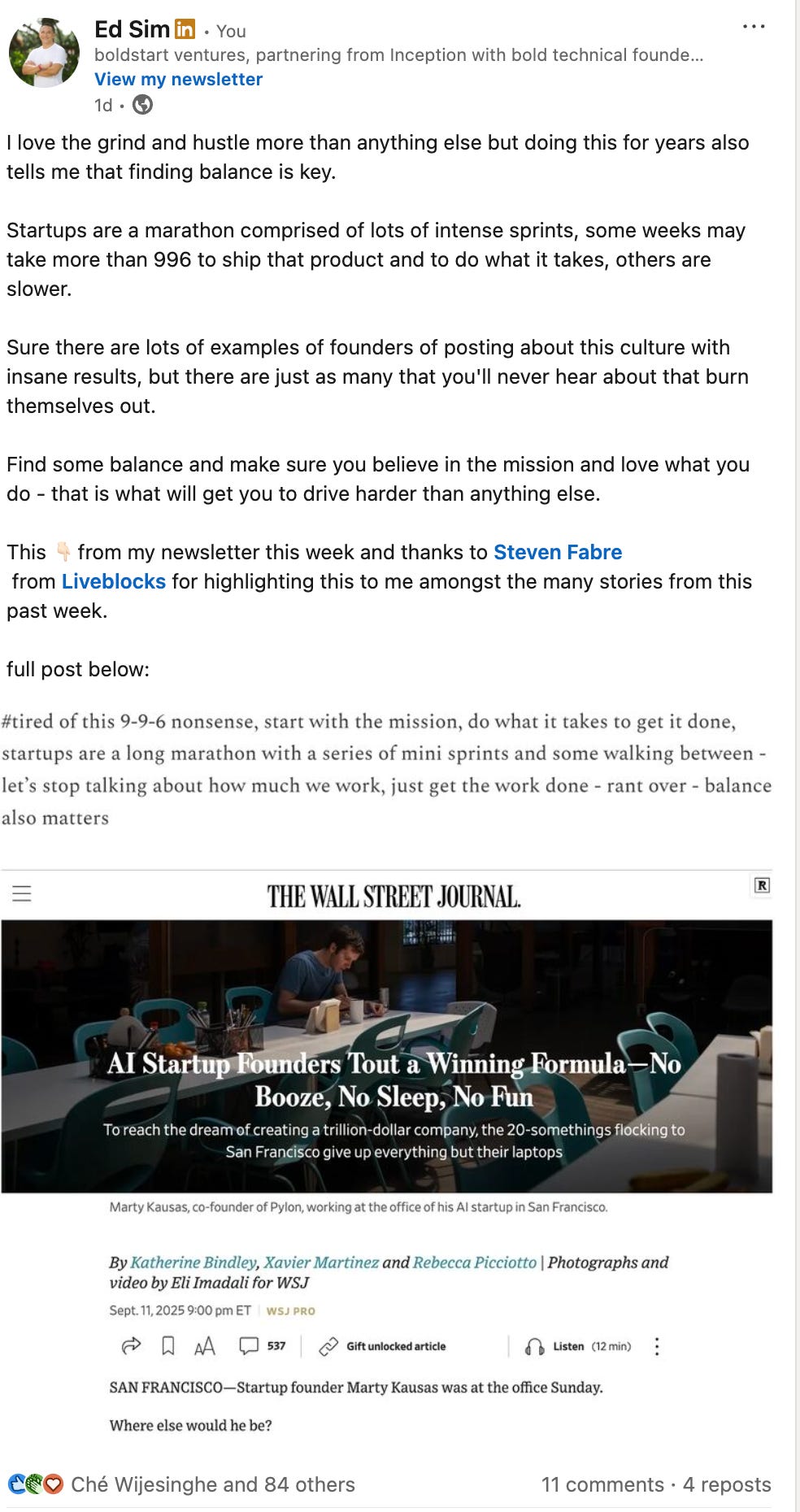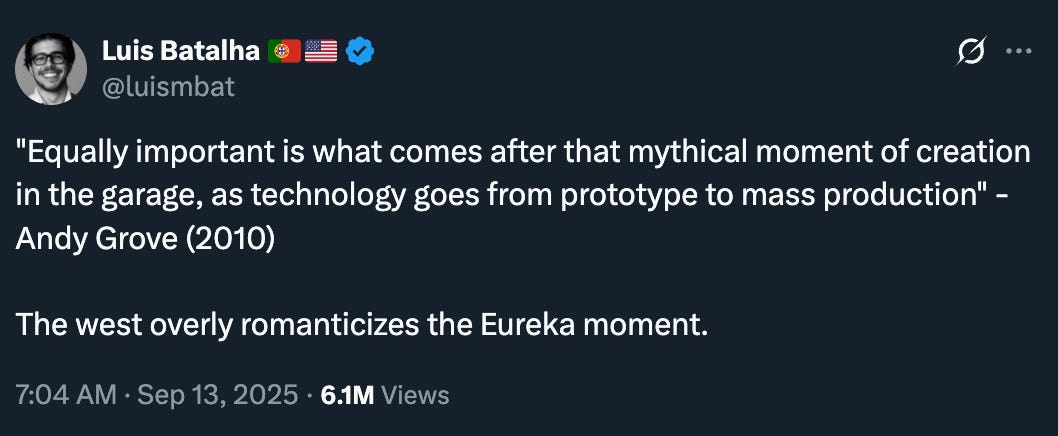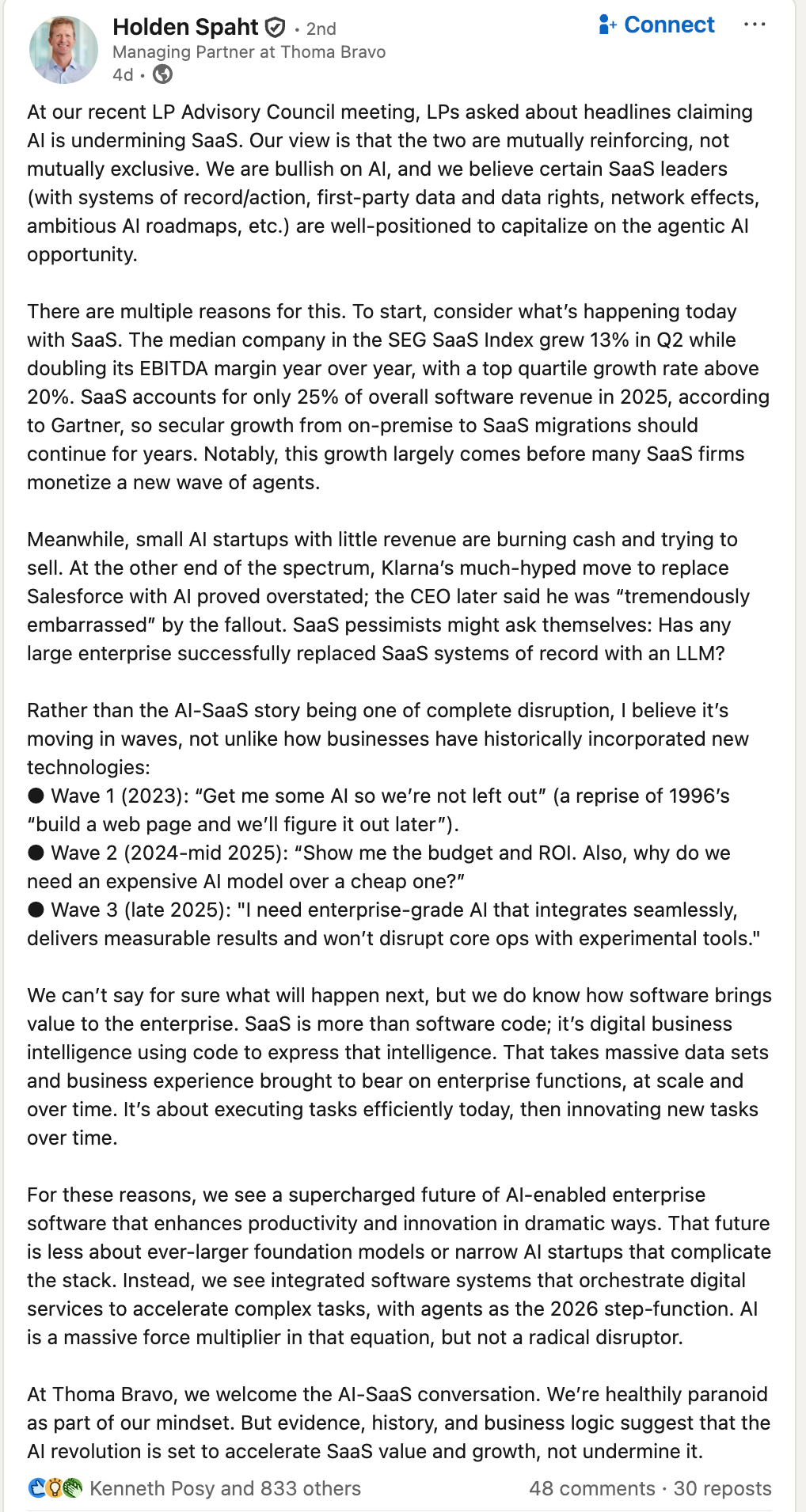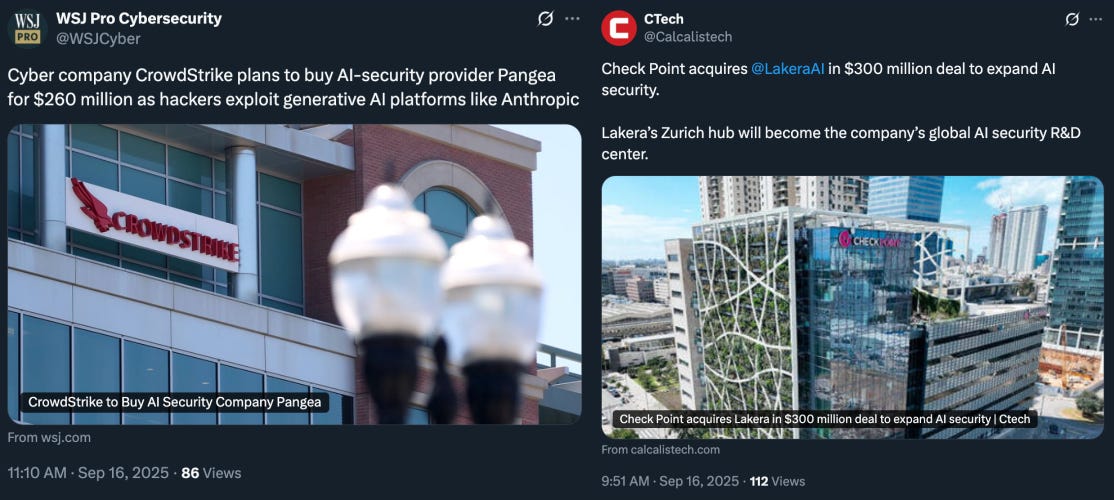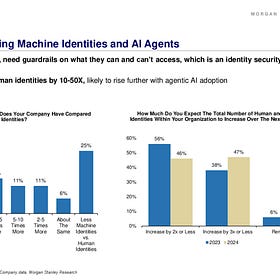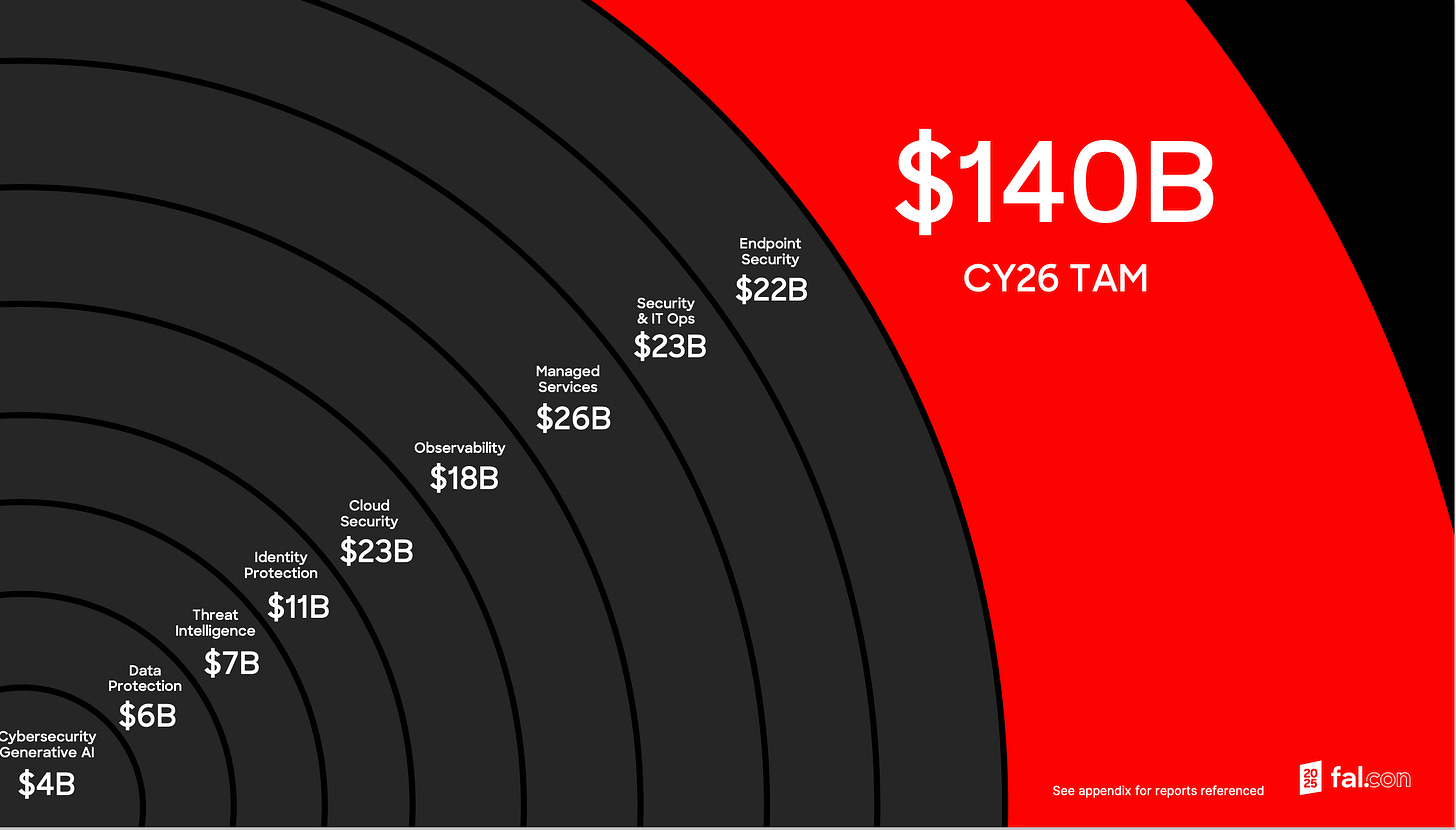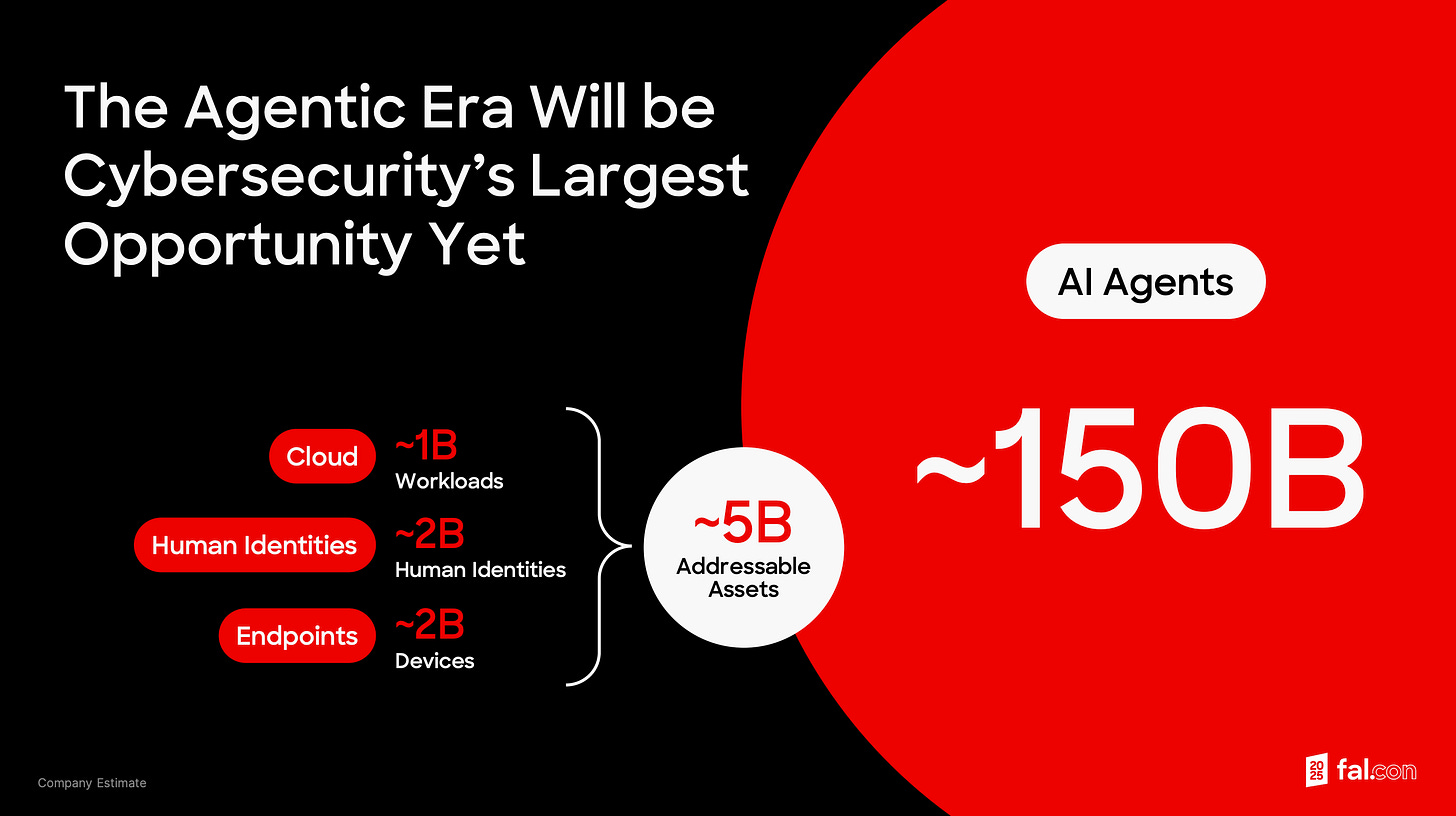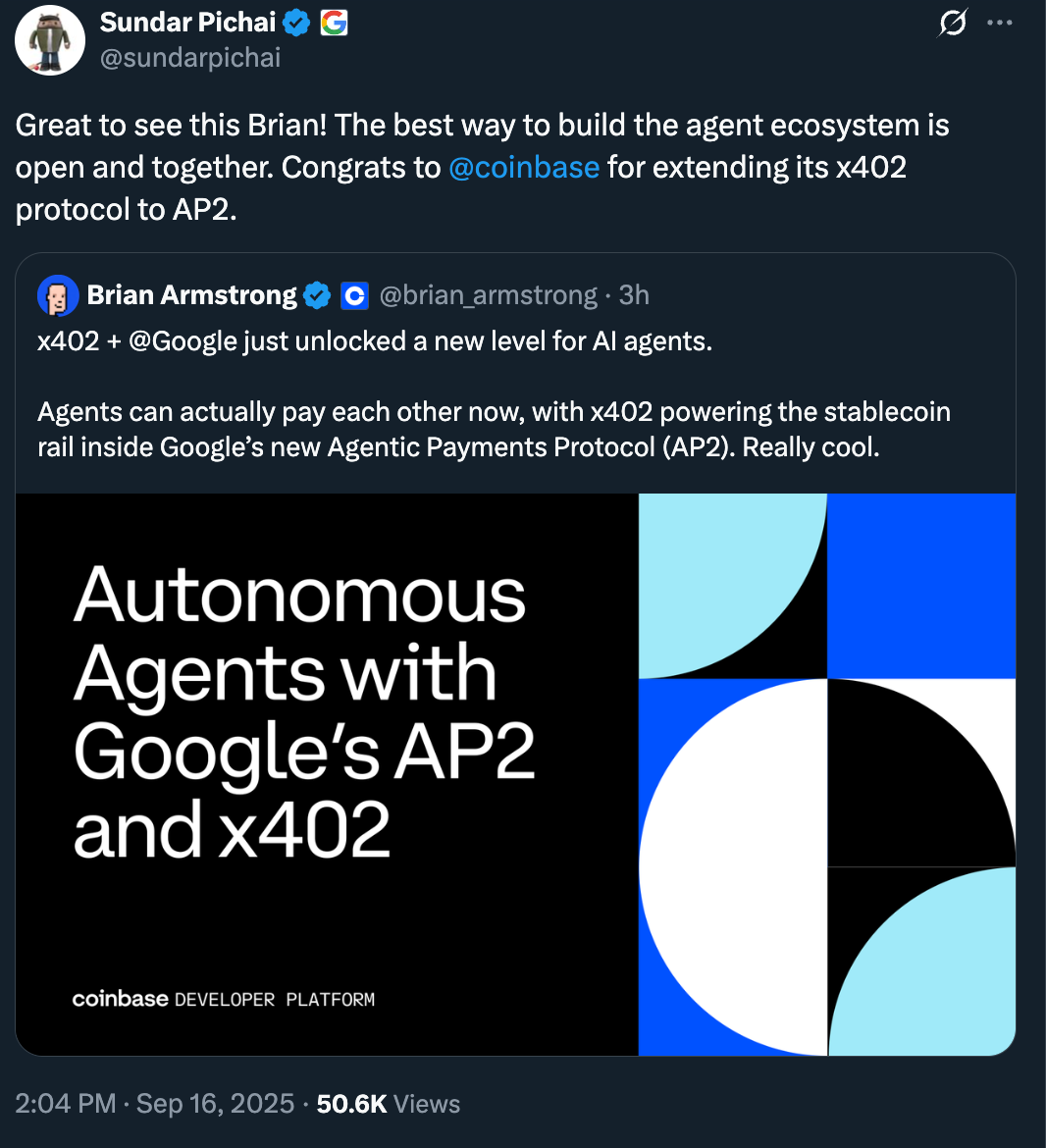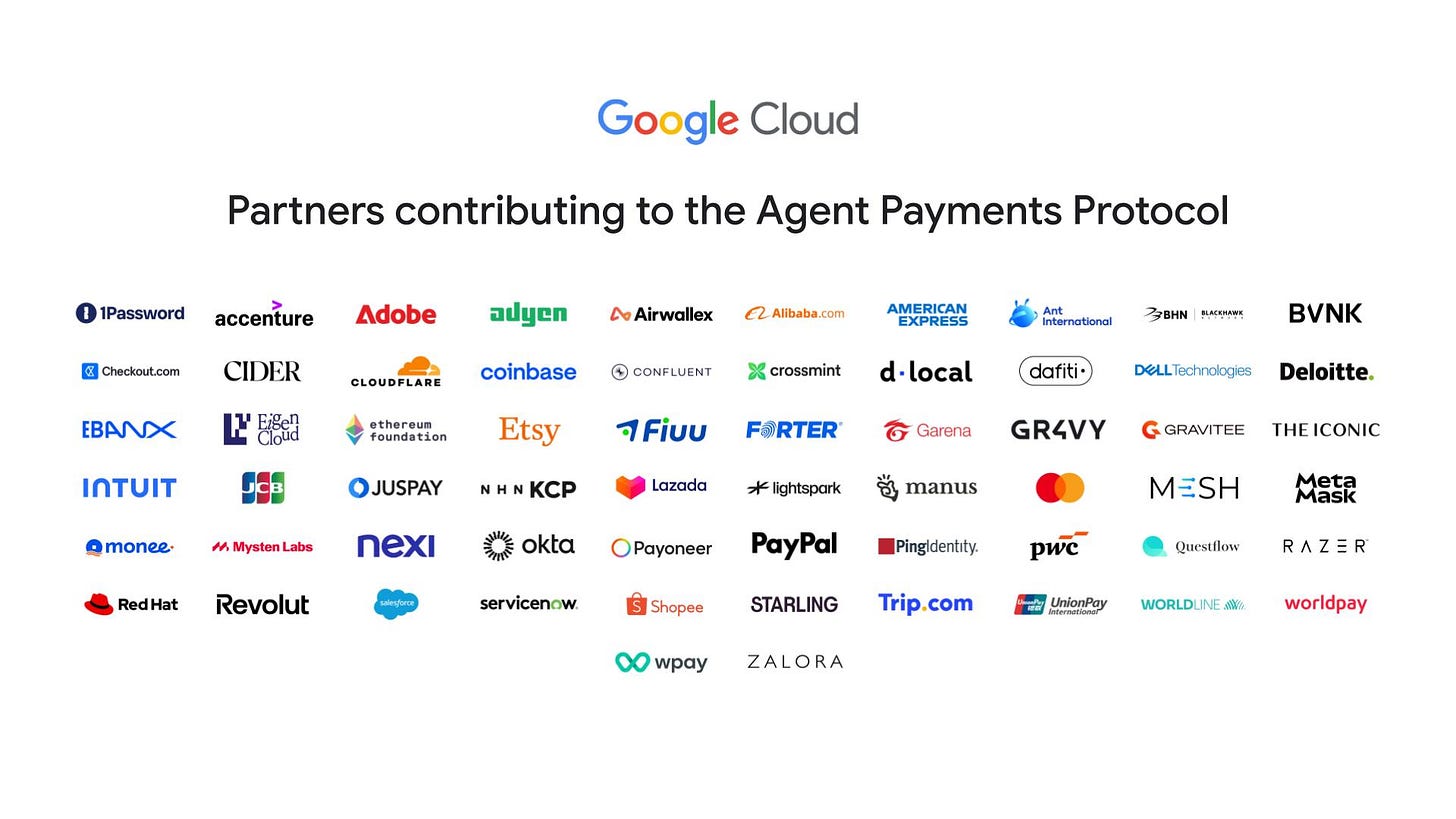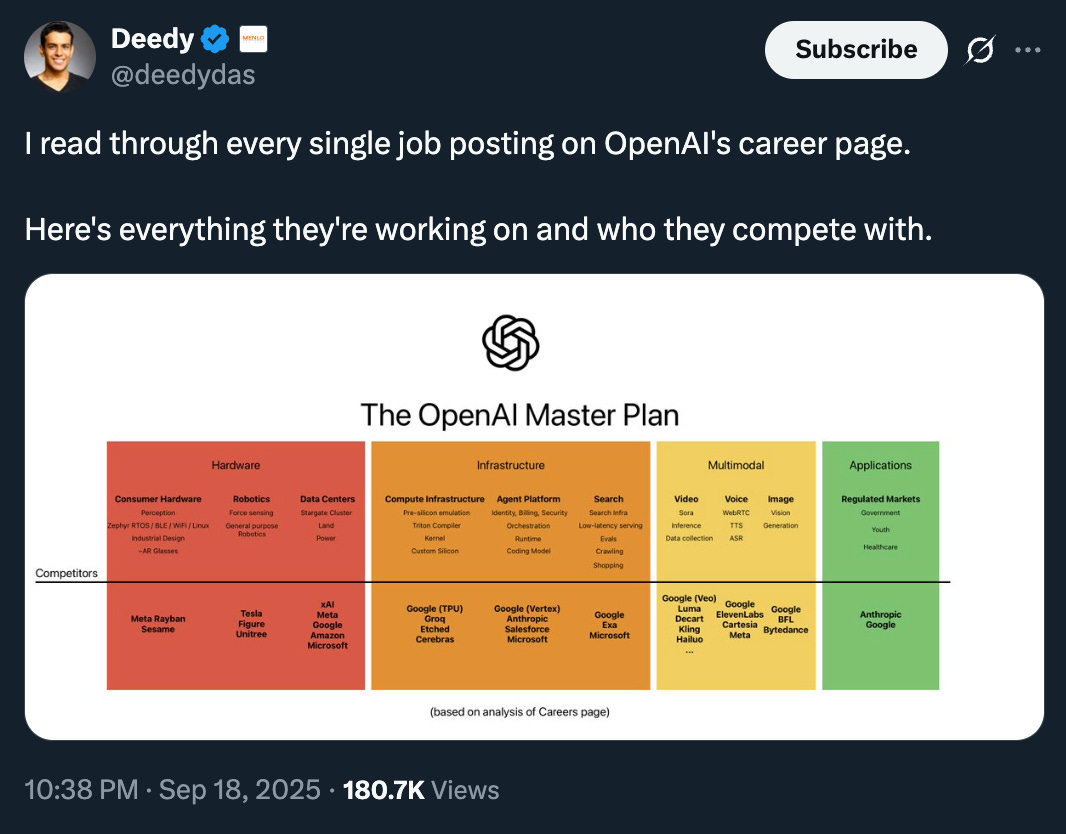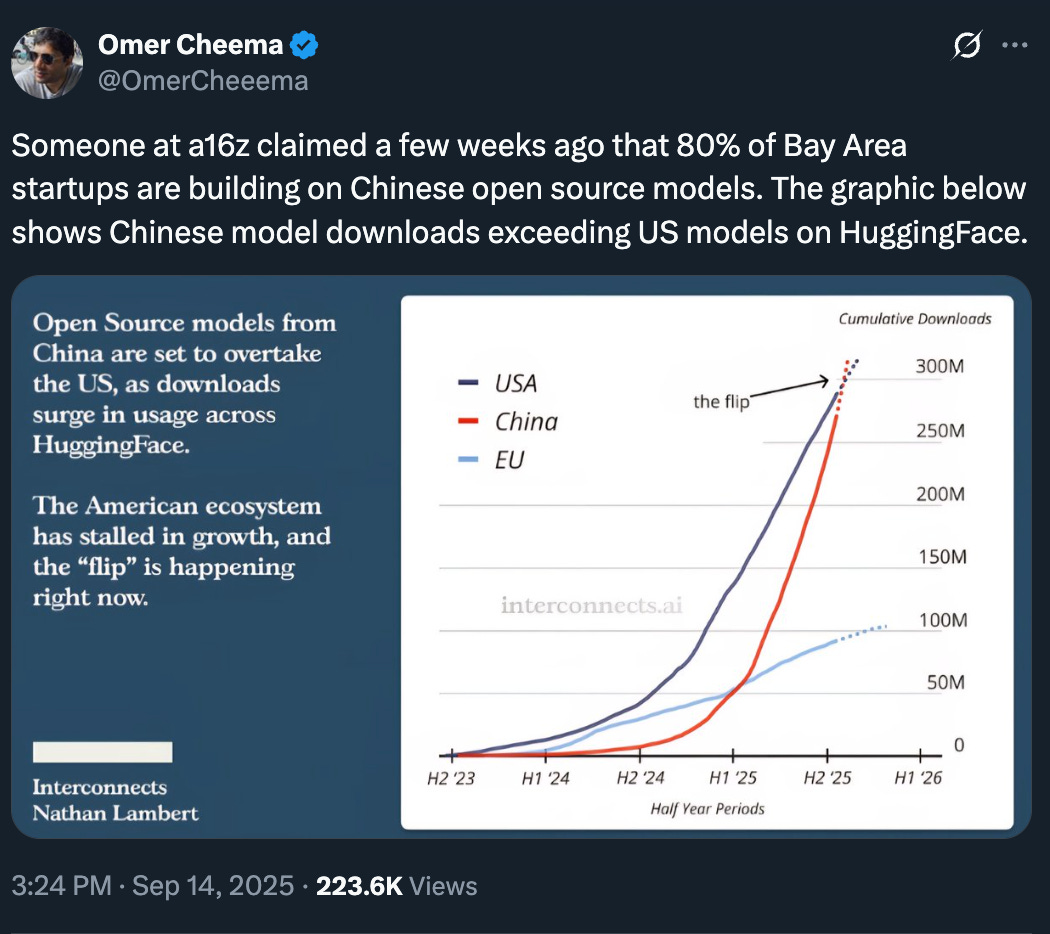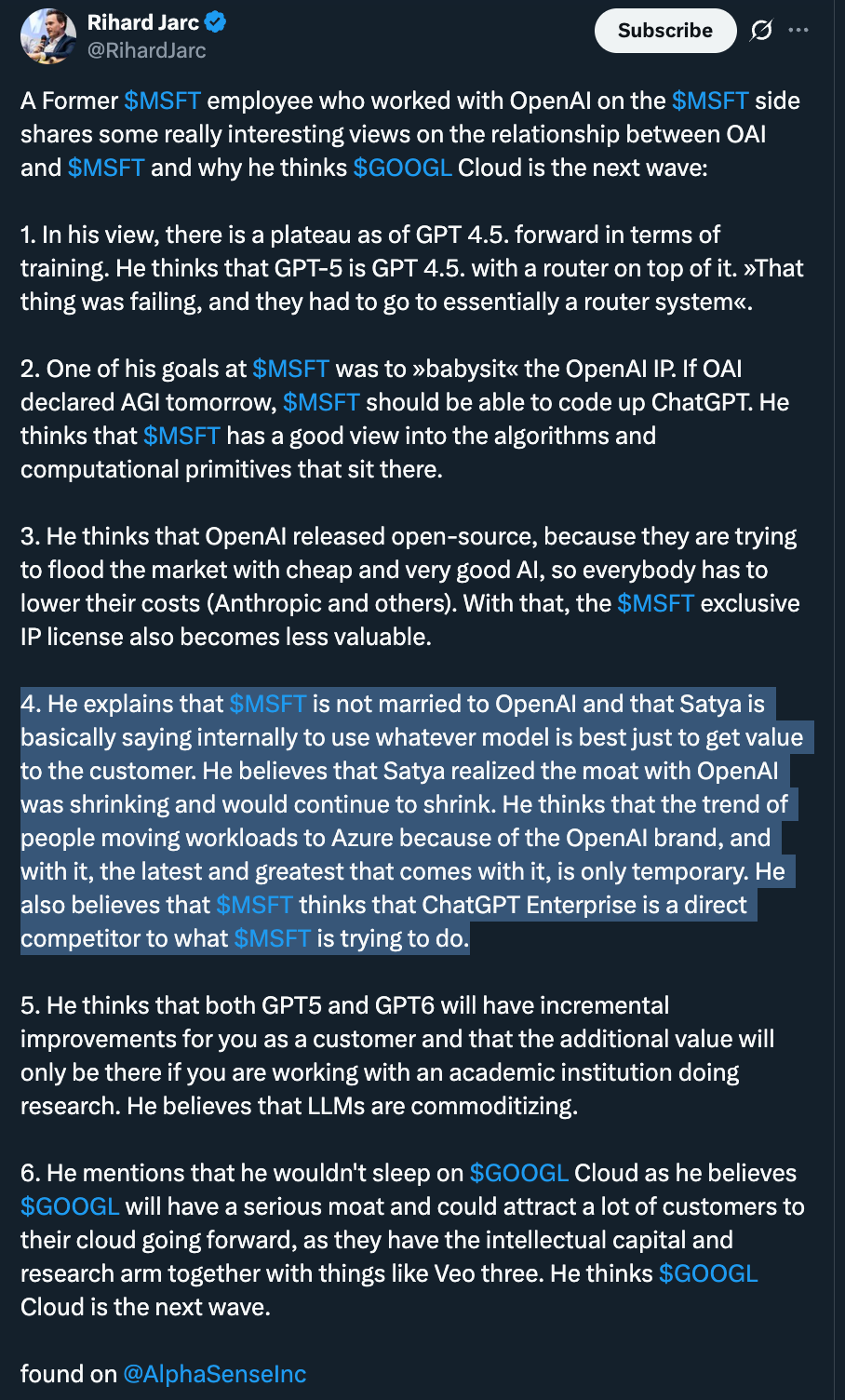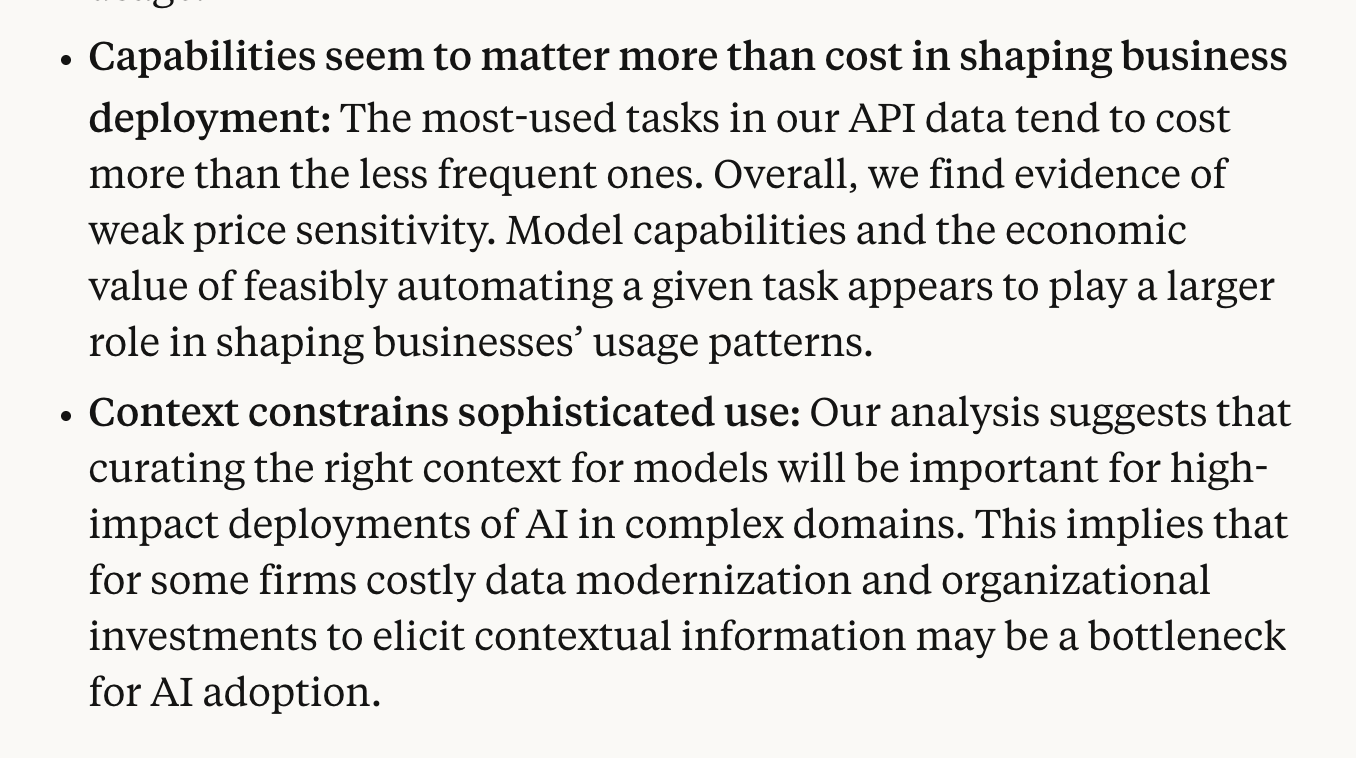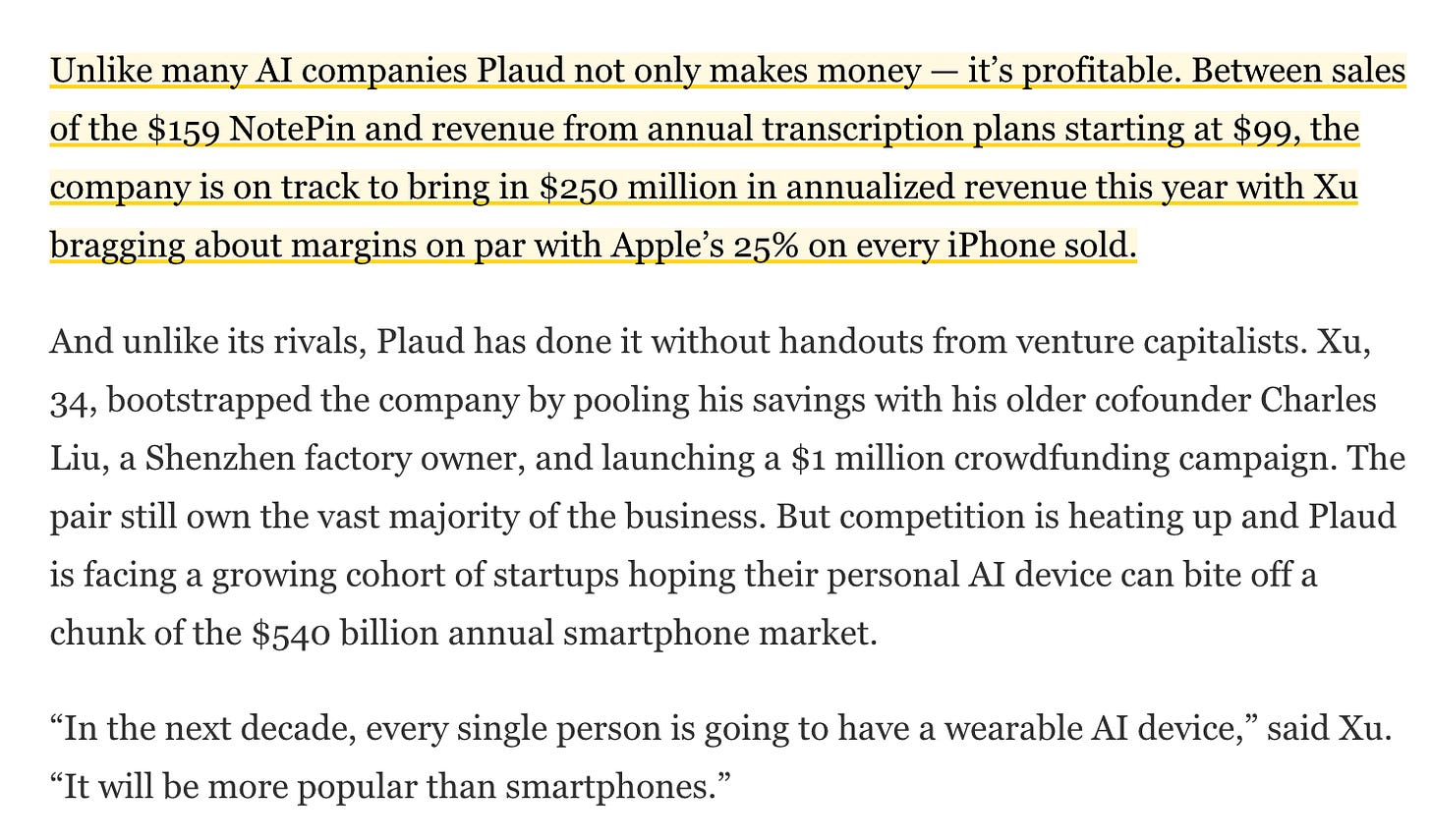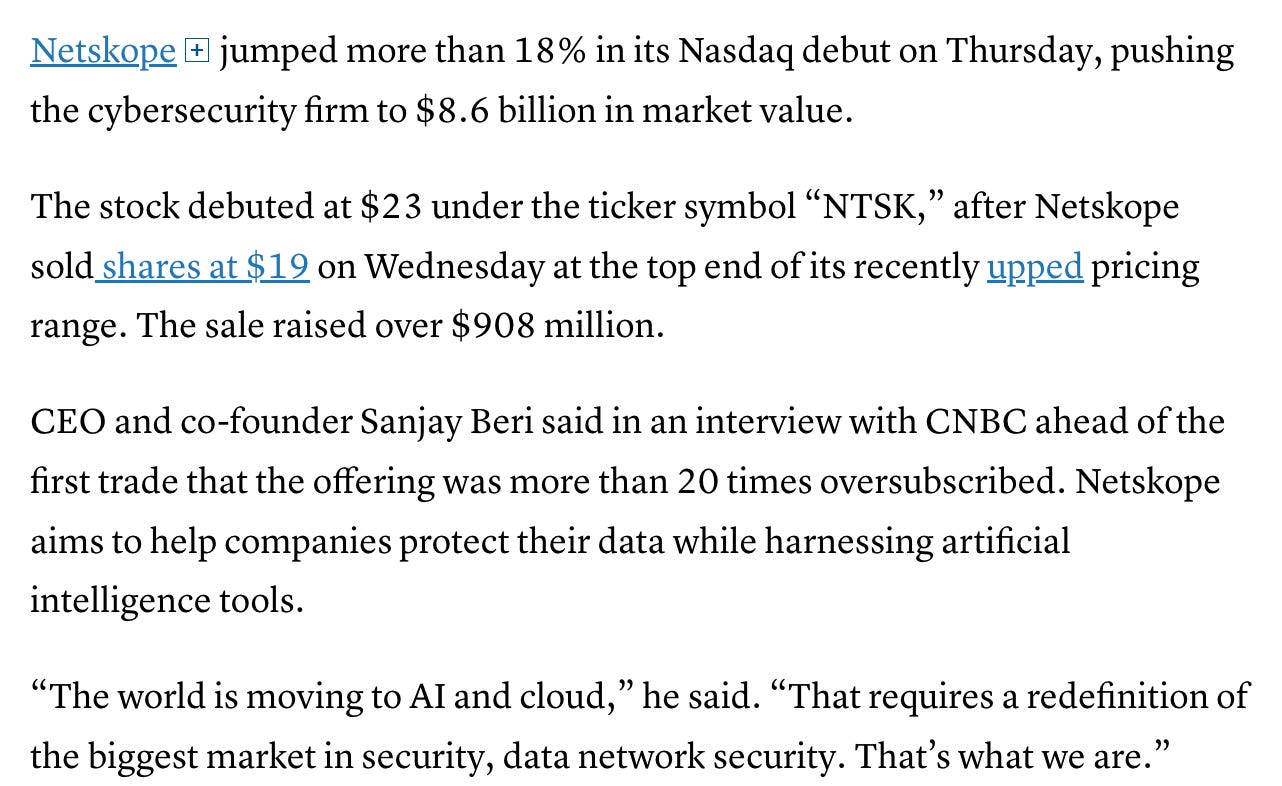What’s 🔥 in Enterprise IT/VC #464
From Chaos to Control: Why the Future of Agents is Spec-Driven
Agents are the future of enterprise automation, but there’s one MASSIVE challenge. AI agents are stochastic by nature. They generate outputs that can be brilliant but also unpredictable, even dangerous. The upside: agents run 24/7, forget 9-9-6 🤣, and can automate at massive scale. The downside: they can also automate mistakes and can F*#* Up at massive scale.
The solution? Specifications.
Specs are the antidote to randomness. In a world where AI is inherently unpredictable, spec-driven development is how we get order, reliability, and trust, not just in code, but across every domain agents will touch. Think of specs as both the blueprint and the guardrails: they capture intent up front, enforce the right constraints, and make sure every agent run stays on track. That’s how you turn stochastic outputs into consistent, deterministic systems.”
I’ve written before about the importance of policy and guardrails; a planning layer that creates a “source of truth” for agents.
What’s 🔥 in Enterprise IT/VC #456
The beauty of AI and agents is that it can just do things at scale and autonomously. However, it can also F-up things at scale and autonomously.
Specs are that policy layer in action. They don’t just apply to code, but can apply to every workflow where agents interpret fuzzy human intent and act on it. Once in place, specs become living documents that turn text into agentic action.
Levie sums it up well in this post.
Aaron Levie calls code the clearest example of spec-driven policy thinking, since it’s where enterprise AI is most advanced today. Guy Podjarny extends this with his “Rule Maker Pattern”laying out how policy layers make agentic workflows more deterministic.
This is what Guy Podjarny (founder of Snyk, Tessl) calls the “Rule Maker Pattern” which he laid out in a post last week on the AI Native Dev.
Github just released a super early version of spec-driven development as well:
That’s why we’re rethinking specifications — not as static documents, but as living, executable artifacts that evolve with the project. Specs become the shared source of truth. When something doesn’t make sense, you go back to the spec; when a project grows complex, you refine it; when tasks feel too large, you break them down.
Spec Kit, our new open sourced toolkit for spec-driven development, provides a structured process to bring spec-driven development to your coding agent workflows with tools including GitHub Copilot, Claude Code, and Gemini CLI.AWS’ Kiro.dev also has its own approach.
Tessl (a boldstart portfolio co where I’m on the board) was the first to discuss this on its company launch November 2024.
This past week was huge for Tessl as it launched its beta version to the world - yes, all about keeping coding agents on rails! Here’s the why and what from Guy:
Specs are living blueprints. They capture intent, track dependencies, and enforce guardrails; so instead of engineers drowning in AI-generated mess, agents can maintain and evolve systems themselves. That is the holy grail of SDD.
Now imagine what else needs spec-driven development, and why it’s so important to creating more consistency and determinism in a stochastic world. Anywhere agents are asked to interpret fuzzy human intent and take actions, a clear, structured spec makes them more reliable. Spec-driven development is the foundation for consistency and trust in a stochastic world.
As always, 🙏🏼 for reading and please share with your friends and colleagues!
Scaling Startups
#Here’s a public service announcement on what I’m seeing as founders go from inception/seed to A with some practical advice in the original post from July 👇🏼
#❤️
#i expanded on this post from last week on the 9-9-6 working culture
#SO TRUE
#how well can you prompt?
Enterprise Tech
#the Thoma Bravo PE view of the SaaS world - it’s not dead, still lots of upside - “we see a supercharged future of AI-enabled enterprise software that enhances productivity and innovation in dramatic ways”
#the game of AI security musical chairs has accelerated as Crowdstrike is buying Pangea for $260M (total VC raised $51M) and Checkpoint is buying Lakera for $300M (total VC raised $30M). So glad we got out first at Protect AI for $700M+
The question is who is next?
Check Point evaluated more than 20 startups in the AI security space before choosing Lakera. One of Lakera’s major advantages is that it was not built as a traditional cybersecurity platform with AI added on, but as an AI-native security system, designed from the ground up for generative models, prompts, and autonomous agents. In a market where most solutions still focus on a single aspect, whether preventing information leakage, blocking prompt injection, or protecting data, Lakera delivers an end-to-end approach, securing the model, the prompts, and the data it uses.I wrote more about this in Issue #438 back in March 2025
What’s 🔥 in Enterprise IT/VC #438
Wiz!!! Let the game of musical cybersecurity chairs begin - thoughts/impact on the road ahead + opportunities in AI security
#I’ve always ❤️ this slide from Crowdstrike and it keeps getting bigger in TAM - from investor day this past week - slides here
here’s the AI story it’s pitching
#another solid use of crypto besides stable coins and tokening assets for instant settlement is programmatic payments and micro payments, particularly for agents - huge announcement from Coinbase and Google
huge consortium supporting this…
#the future Google is building towards 👀
#every founder and VC used to always sweat at each AWS to see which infrastructure software company they were going to try to kill next - this map based on who OpenAI wants to hire is worth reading
#and you pay Gartner how much to tell you what is the best and what to buy? It has always been the safe choice, Gartner said so…👇🏼 click for some fun commentary
#is everyone paying the OpenAI and Anthropic model tax? Definitely seeing many more founders use combinations of models in workflows…
#take with a grain of salt, but some interesting tidbits
#Anthropic’s 3rd Annual Report on AI Usage is out - Anthropic Economic Index report: Uneven geographic and enterprise AI adoption - clipped this from the API analysis section which is how enterprises are using AI, notice comments on economics and context
#Just because it didn’t work before, doesn’t mean it won’t work now - remember Humane, the AI device that burned through $230M in record time and went bankrupt? Well, just because it failed spectaculary doesn’t mean that a certain target market like professionals, lawyers, health worker don’t need or want a recording/note taking device - insane numbers!
#your annual reminder that lots of ERP software just sucks but few replacements available - it’s why many of these SaaS cos won’t go away and why folks just want to put agents on top as the UIs are just incredibly terrible
#so Workday went out and bought 2 companies in the last month to solve this problem with the largest being Sana for $1.1B - expect to see this pattern over and over in the next 12 months as the time is now from older school SaaS cos trying to accelerate the gap to agents
Workday has agreed to acquire AI-native platform Sana for $1.1 billion. The deal combines Sana’s AI agents and learning tools with Workday’s data to deliver proactive, personalized employee experiences at scale (futurum)and
announced it has acquired Flowise, a low-code platform that makes it easy to build AI agents—from simple chatbots to complex automated workflows. This acquisition provides Workday with an industry-leading agent builder that will accelerate innovation across its platform and empower customers and partners to safely design, launch, and manage AI agents with greater speed, flexibility, and confidence (Workday blog)#the world’s assets will eventually be tokenized, here’s another one (Bloomberg 👇🏻)
#😲
#our robotic future is coming - agents + robotics = what happens to labor???
Markets
#Congrats to all involved on the Netskope IPO! Last VC round was in July 2021 and 4 years later it’s back above water as a public company - great to see!
#Here’s a breakdown from last month of the business from Alex Clayton at Meritech

